


This pattern is also available in the Spring 2022 issue of Interweave Knits.
With a stitch pattern that evokes the first leaves of spring, the Prasine Sweater is an homage to natural beauty. The two-color motif is worked with slipped stitches, making it easier to knit than it looks. The body of the sweater is worked in the round from the bottom up, then the sleeves are joined at the underarms, and the yoke is worked with raglan shaping.
Difficulty Advanced
Yarn Weight 4
Finished Size 33 ½ (36 ½, 39 ½, 42 ¾, 45 ¾, 48 ¾, 51 ¾, 54 ¾, 58)“ circumference at underarm. Pullover shown measures 39 ½”; modeled with 2” of positive ease.
Yarn Green Mountain Spinnery Mountain Mohair (70% wool, 30% yearling mohair; 140 yd 128 m/ 2 oz 58 g): #8581 Pistachio (light green; MC), 6 (6, 7, 7, 8, 8, 9, 10, 11) skeins; #9634 Balsam (dark green; CC), 3 (3, 4, 4, 4, 4, 5, 5, 5) skeins.
Needles Sizes 9 (5.5 mm) and 10 ½ (6.5 mm): 16” and 29” circular (cir) and set of double-pointed (dpn). Adjust needle size if necessary to obtain the correct gauge.
Notions Markers (m); stitch holders; tapestry needle.
Gauge 21 sts and 40 rnds = 4” in Leaf patt on larger needle (see Notes about checking rnd gauge).
For techniques you don’t know, please visit our online knitting glossary.
NOTES
-
The body and sleeves of this pullover are worked in the round from the lower edge to the yoke, then the pieces are joined and the yoke is worked with raglan shaping.
-
When working the body, notice how the columns of MC stitches increase and decrease relative to each other. Understanding how the stitch pattern works is helpful for working the sleeve shaping.
-
When working the first section of sleeve shaping, in addition to the increases written in the instructions, you will also be increasing stitches as part of the stitch pattern. Slip the new MC stitches on CC rounds until they should be increased in pattern (with “(k1, yo, k1) in same stitch”). When the new MC stitches should be worked as a “(k1, yo, k1) in same stitch” to maintain the stitch pattern, this will increase 2 stitches at the beginning of the round and 2 stitches at the end of the round, for 4 stitches total. Once a MC column has been increased in pattern, continue to increase and decrease that column per the chart to maintain the pattern.
-
The sleeve increase rounds (in both sections) are worked alternately on a CC round and then on a MC round, thus the increased stitches alternate colors.
-
The raglan shaping rounds are always worked on a CC round.
-
When working the raglan shaping, on Rnds 1 and 17 of the chart, if there are only 2, 3, or 4 stitches where a s2kp2 decrease would usually occur, decrease 1 stitch (with ssk or k2tog); if there is only 1 stitch, knit the stitch (do not work a decrease).
-
When working the raglan shaping, on Rnds 5 and 21 of the chart, if there are only 2 stitches where a s2kp2 decrease would usually occur, decrease 1 stitch (with ssk or k2tog); if there is only 1 stitch, knit the stitch (do not work a decrease).
-
When working the raglan shaping, on Rnds 5 and 21 of the chart, if there are 2 stitches where a “(k1, yo, k1) in same stitch” would usually occur, increase 1 stitch; if there is only 1 stitch, knit the stitch (do not work an increase).


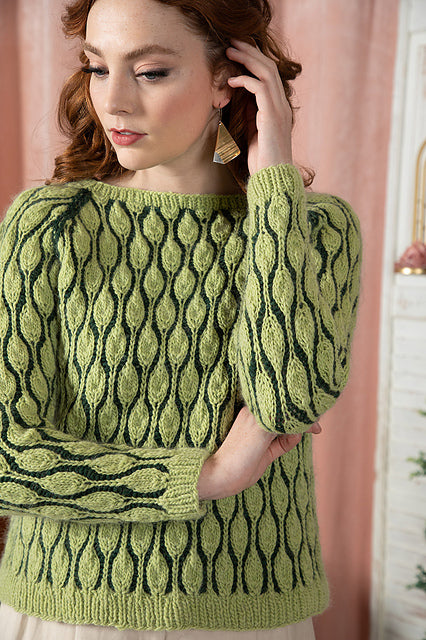
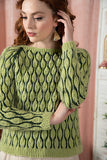




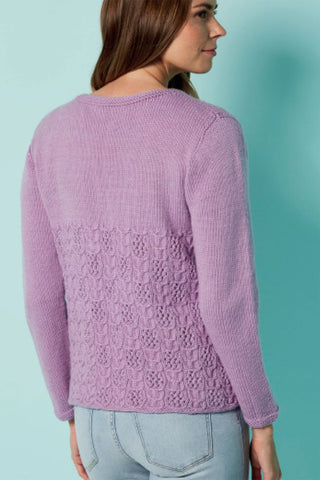
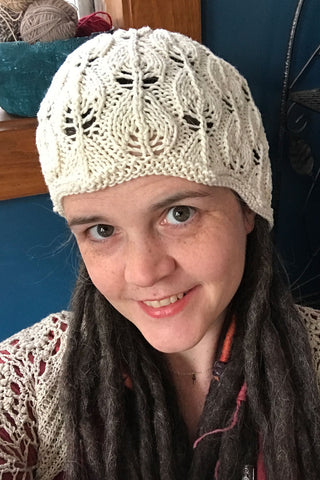
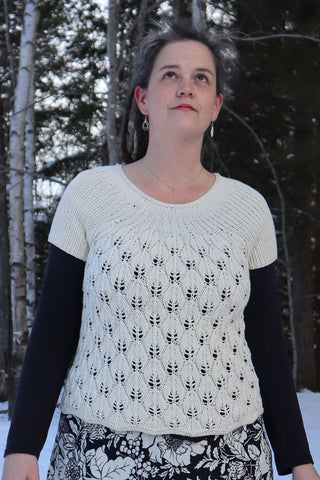
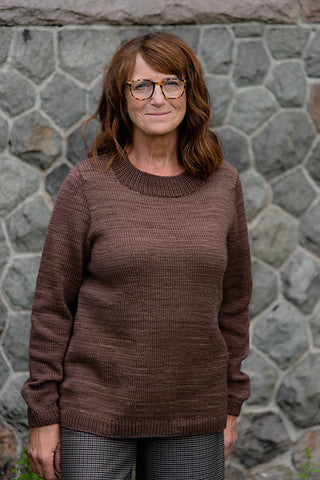
 Nothing will be posted on your behalf.
Nothing will be posted on your behalf.

